Help
Community21 has selected some case study communities and projects to share across the network to inspire and inform others. Should we be featuring yours? If so get in touch.
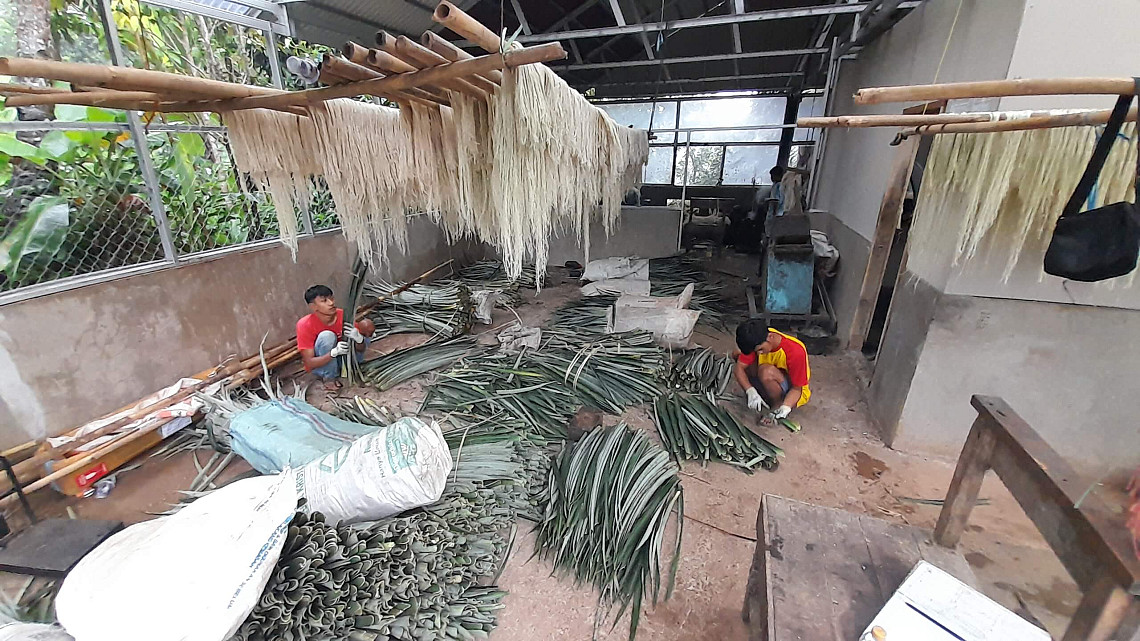


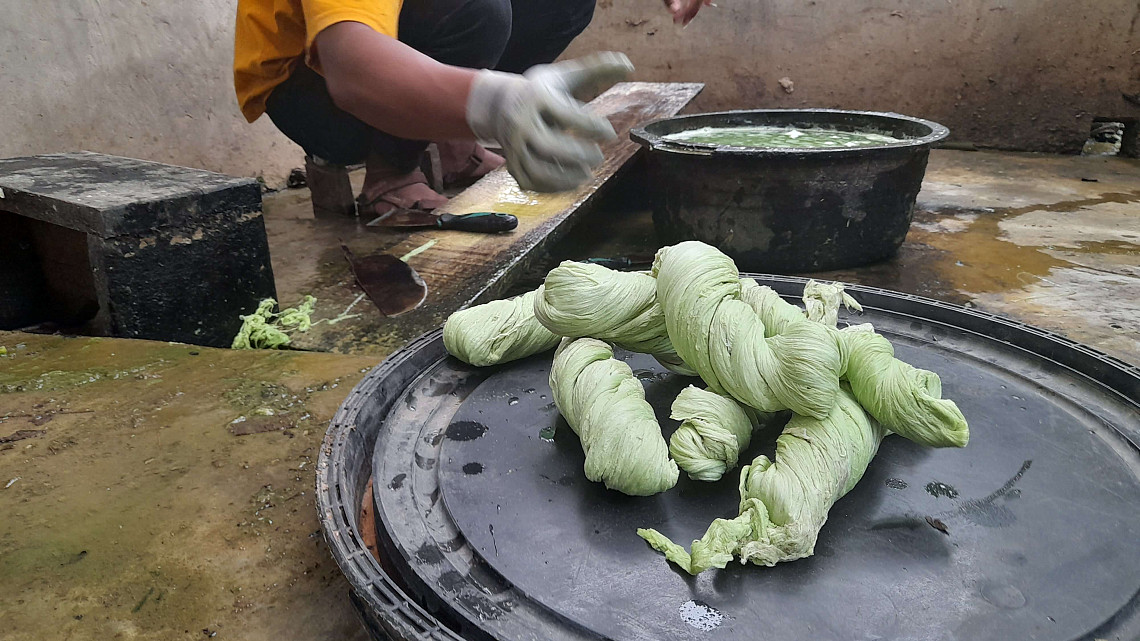
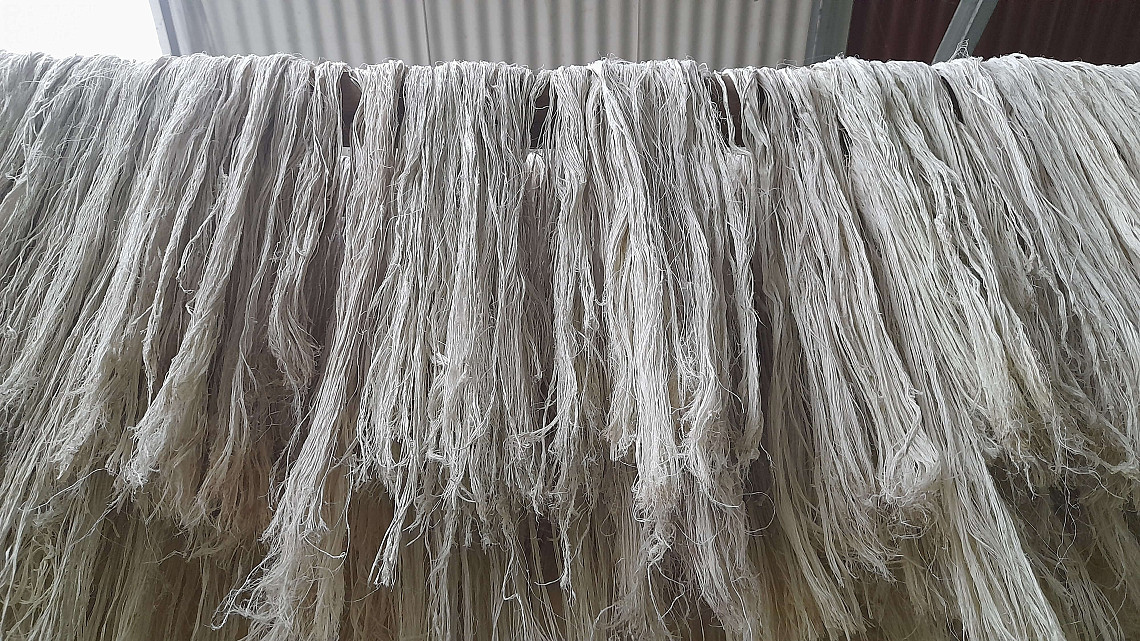
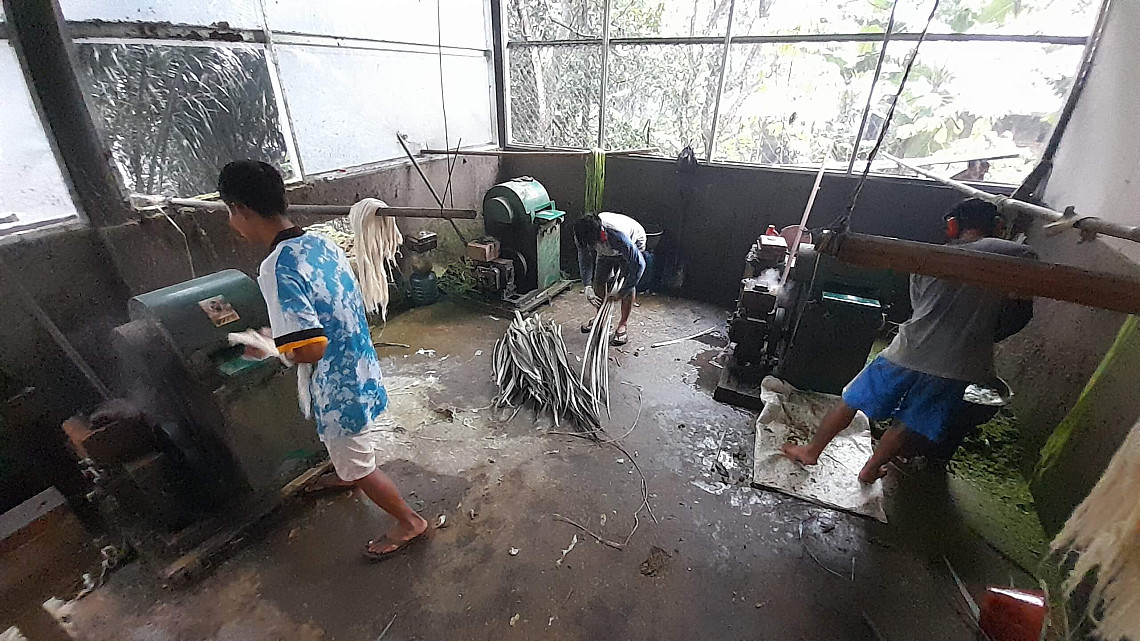
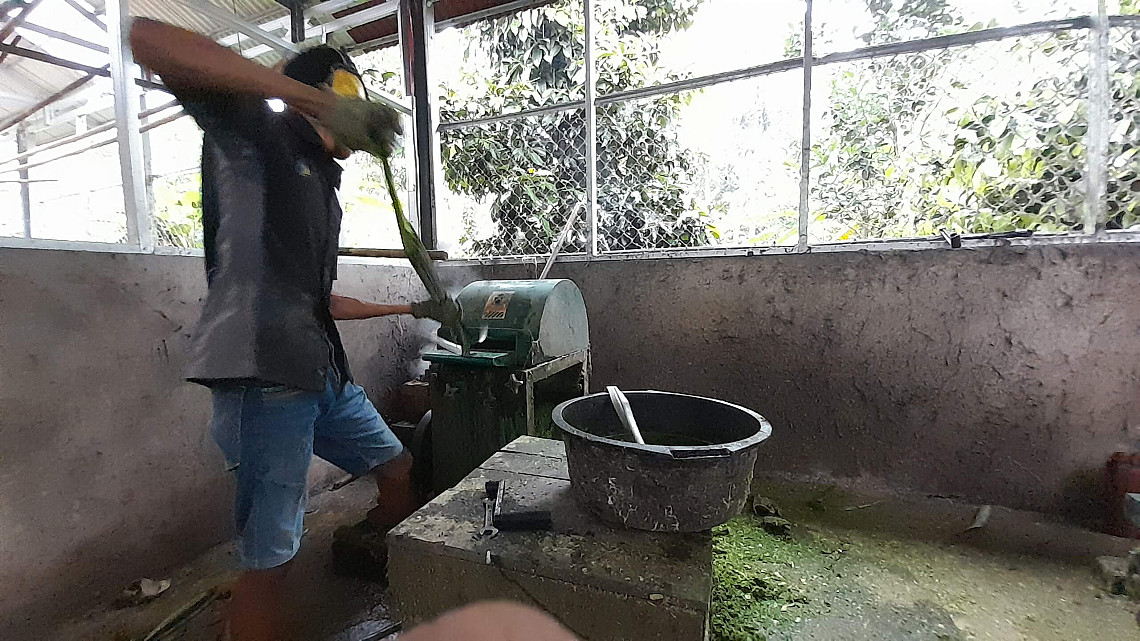



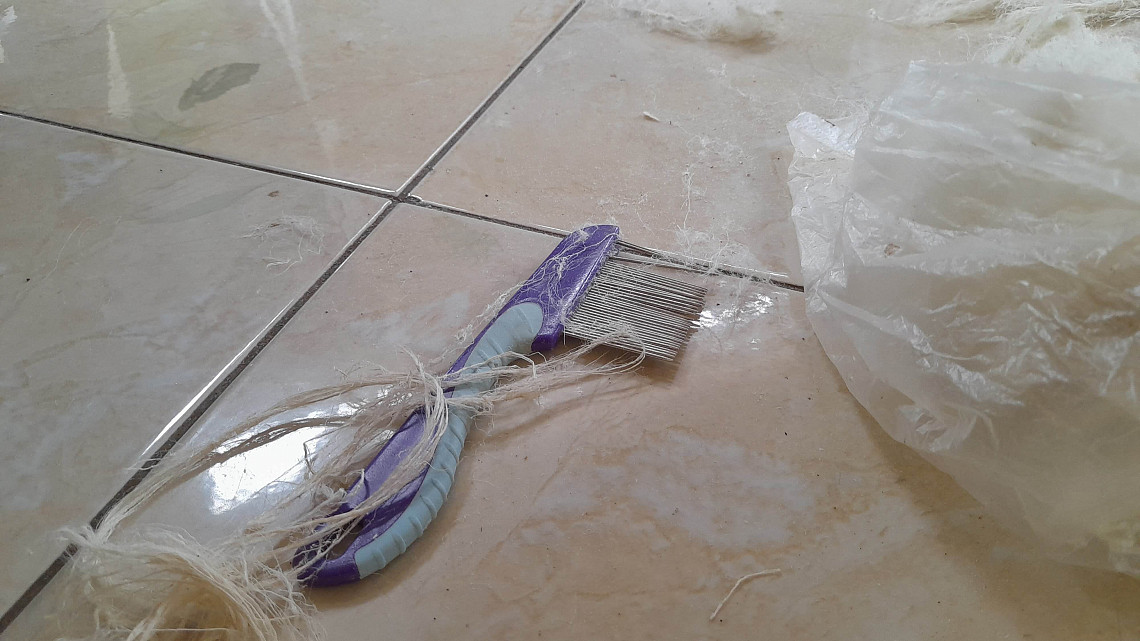

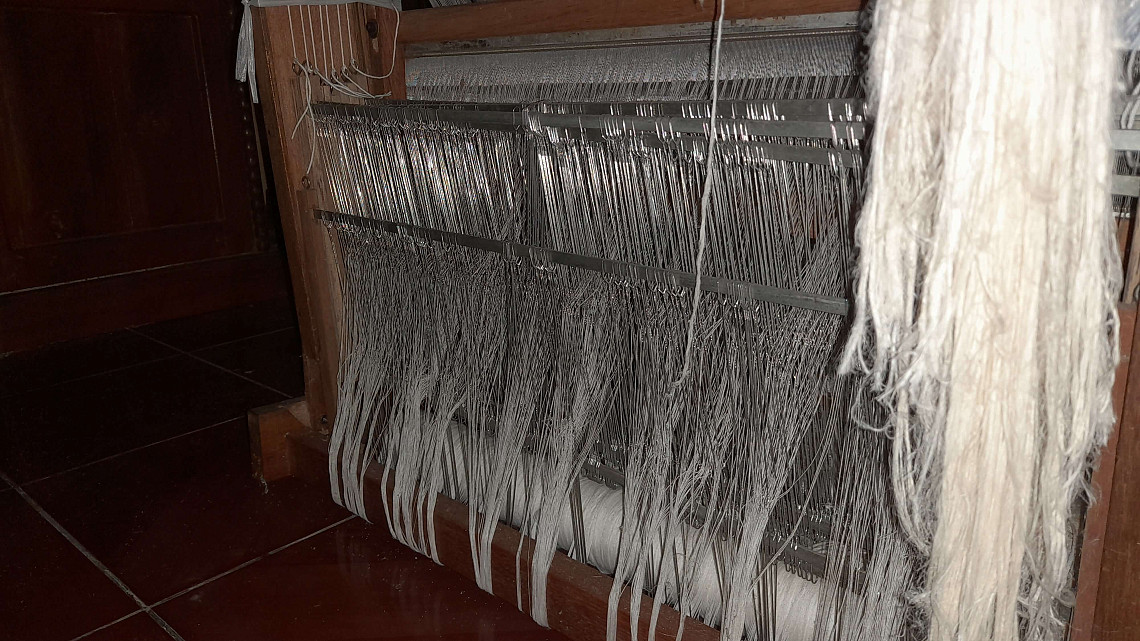
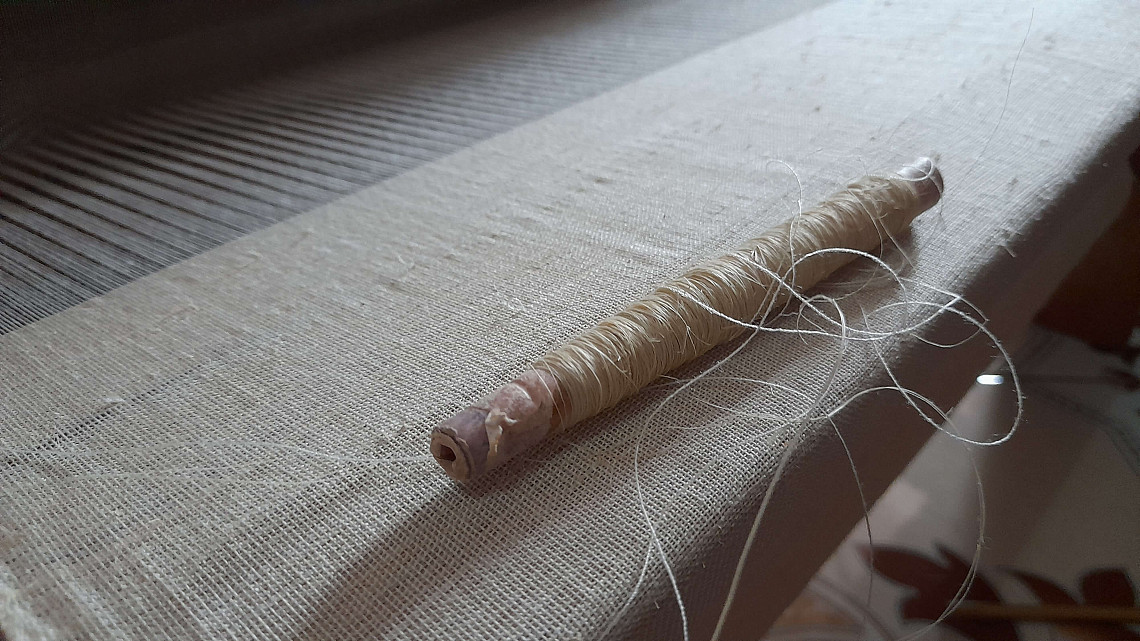

Name: Alan Sahroni
Location:Cikadu District, Subang Regency
Specialist materials: Pineapple Leaves
Products: Cloth, Loom
Links: http://www.seratalfiber.com/
The inspiration for using pineapple leaf waste started from a Business Plan competition that Pak Alan participated in when he was still studying at STT Textile Bandung in 2012. The competition required participants to make products from the potential materials within participants' residence areas. Pineapple is an abundant natural potential in Subang and the icon of the area. Pineapple fruit utilization is quite common, but the leaf always becomes a waste to be thrown away or used as animal feed; because the harvested pineapple leaves will interfere with the growth of new shoots. People have not been familiar with pineapple fiber; this makes Pak Alan interested in transforming pineapple leaf waste into natural fiber products.
90% of Pineapple leaves supplies come from Cijambe area in Subang District, and the other 10% are from adjoining sub-districts, usually supplied by local farmers. Raw materials are very abundant because the pineapple tree always bears fruit throughout the year. However, there are some criteria of the pineapple leaves that the farmers must fulfill: 1) a minimum length of 70 cm, 2) not dry, rotten, or broken, 3) no wefts. Leaves that do not meet these criteria are usually returned to the farmers or simply thrown away in the garden behind the workshop.
Leaves that meet the criteria are further processed using a natural fiber extraction machine, after which they are dried in the sun for 2-3 days. During the rainy season, the drying process can take longer. When we visited the production site, it was already evening and raining heavily. An open-air area in the workshop yard, which is usually used for drying, was wet with rain. Thus, Pak Alan must first hang the extracted fibers in a roofed place. These fibers can only be dried the next day when there is sunlight. The dried fibers are then combed by groups of housewives who live around the workshop. After that, the yarn is stored in a dry place (room temperature) to prevent mold.
Pak Alan rarely adds dye to his fibers because he prefers natural colors. "I prefer to keep the original colors because it's a shame that the process already wastes natural fibers; when it's dyed with textile dyes, it tarnishes the chastity," said Pak Alan. Sometimes, when forced, Pak Alan uses natural dyes to keep the products environmentally friendly.
The empowerment of youth organizations and housewives to make pineapple fiber has by far resulted in 20 pineapple fiber craftsmen. Pak Alan passed the knowledge in making natural fibers that he received during college time down to his employees. Pak Alan hopes that pineapple fiber, which is more environmentally friendly than synthetic fiber, can be widely known and used by broader customers.